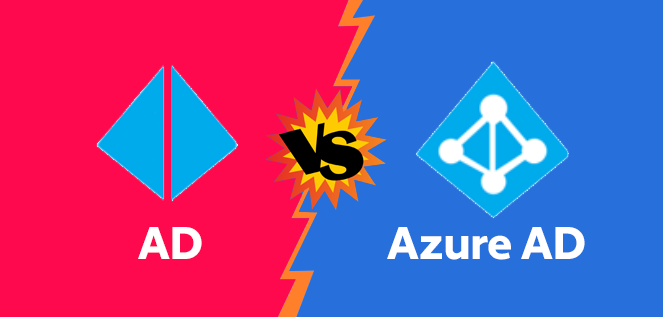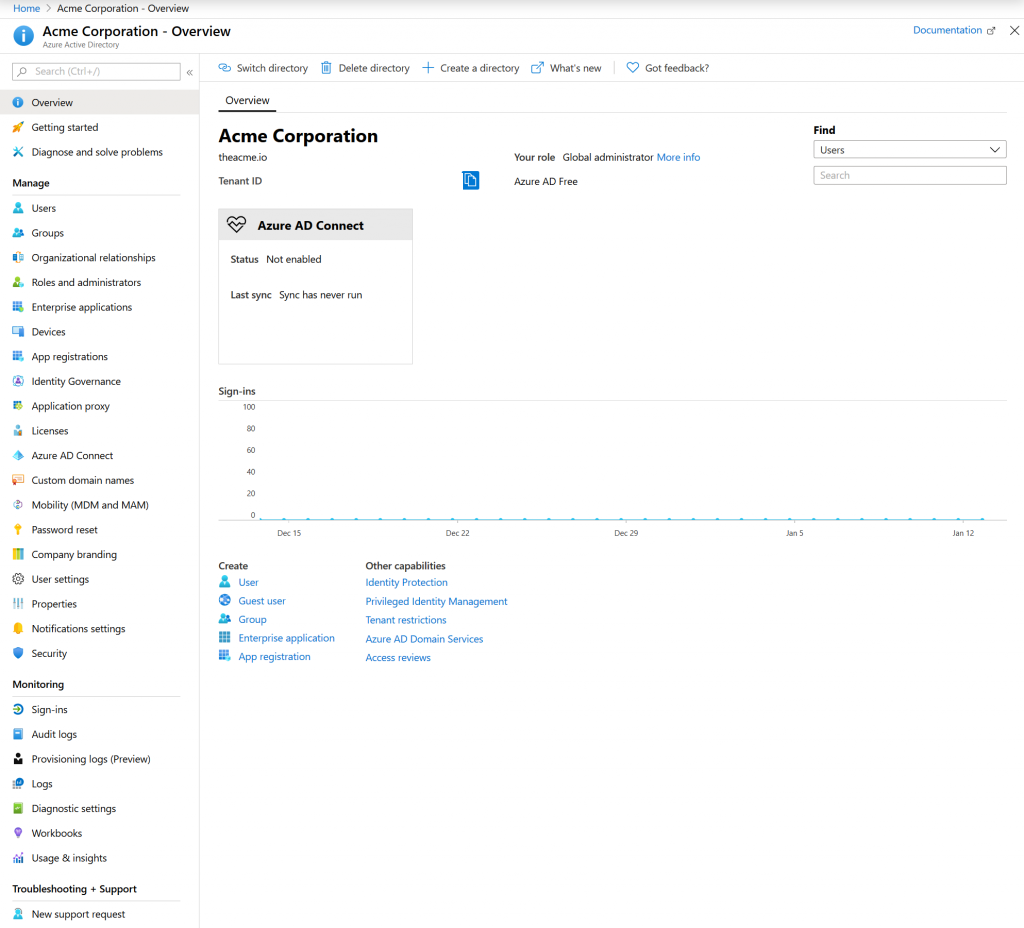
Active Directory (AD) and Azure Active Directory (AAD) are both directory services developed by Microsoft. While they share similar names, they are two different technologies with distinct features and capabilities.
Active Directory (AD) is a traditional on-premises directory service designed for managing and securing resources within an organization’s network. It provides centralized authentication and authorization services, allowing users to log in to computers and access resources such as files, printers, and applications. AD also provides features like Group Policy, which enables IT administrators to control and manage users and devices within the organization’s network.
On the other hand, Azure Active Directory (AAD) is a cloud-based identity and access management service that is designed to manage identities and access to resources in the cloud. AAD provides authentication and authorization services for cloud-based applications, such as Microsoft 365, Dynamics 365, and other third-party cloud-based applications. AAD supports modern authentication protocols like OAuth, OpenID Connect, and SAML, making it easier for developers to integrate authentication and authorization into their applications.
*Azure Active Directory is Not Cloud AD
Azure Active Directory is not Active Directory hosted in the cloud.
There is no standard AD authentication methods such as NTLM or Kerberos; no LDAP; and no group policy (GPO), so Azure AD won’t work for traditional on-prem applications.
One of the significant differences between AD and AAD is the location of the directory service. AD is an on-premises directory service, while AAD is a cloud-based directory service. This means that AD requires physical hardware and software to set up, configure, and maintain, while AAD is managed entirely by Microsoft in the cloud. As a result, AAD eliminates the need for organizations to invest in hardware and infrastructure to set up an identity and access management system.
Another significant difference between AD and AAD is their scope of management. AD provides centralized management of devices, users, and resources within an organization’s network, while AAD provides management of identities and access to cloud-based resources. AAD can integrate with on-premises AD to extend management capabilities to hybrid environments, allowing organizations to manage both on-premises and cloud-based resources from a single console.
| On-Premises Active Directory | Azure Active Directory |
| ✔ Authentication, Directory & Management | ✔ Identity |
| ✔ AD Forest for Single entity | ✔ Designed for multi-tenant |
| ✔ Internal corporate network | ✔ Cloud / Web-focused |
| ✔ Authentication • Kerberos • NTLM | ✔ Authentication • SAML 2.0 • OpenID Connect • OAuth 2.0 • WS-Federation |
| ✔ LDAP | ✔ Rest API: AD Graph API |
| ✔ Group Policy |
Primary Management Tools
The tool that most AD administrators are familiar with is Active Directory Users and Computers aka ADUC (MMC tool).

Azure Active Directory administrators will primarily use the web console at https://portal.azure.com to administer the environment.

Both AD and AAD are critical directory services that provide different functionalities and serve different purposes. AD is ideal for managing on-premises resources, while AAD is designed for managing cloud-based resources. By understanding the differences between these two technologies, organizations can make informed decisions about which service to use or how to integrate them to meet their identity and access management needs.